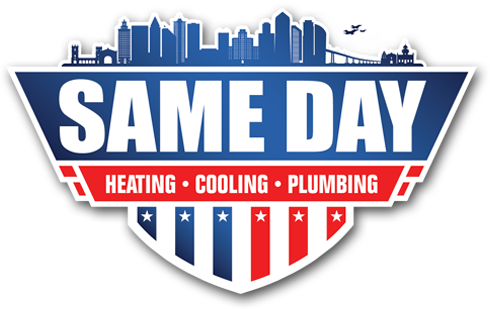DIY HVAC Maintenance Tips For Spring
Your HVAC system is responsible for keeping your home comfortable all year round. If that weren’t important enough to consider, it’s also one of the bigger household expenses you’ll pay for, not only monthly in the form of utility bills, but also larger expenses in the form of repairs or replacement for HVAC components.
HVAC Maintenance
A little DIY home HVAC maintenance can go a long way to helping prolong the life of your most expensive HVAC systems (central air, for example). In addition, paying attention to the HVAC periodically can help it run more efficiently, saving you money and time.
Protecting against more costly repairs is often as simple as following a few steps to encourage the system to work as best as it can for your home.
Home HVAC Maintenance Checklist
If it’s a little overwhelming to start thinking about maintaining your own home’s HVAC system, starting small is a great idea. There are plenty of relatively simple home HVAC maintenance pieces you can take on yourself and feel good about:
Air Filters
Making sure your air filters are clean is one of the most effective ways you can improve your HVAC efficiency. Filters should be replaced roughly every 3 months, though this can depend on factors like pets in the home, how much they shed, and whether or not you have allergies.
Changing filters more frequently can prevent clogs and help the system run at peak efficiency. Fresh filters can also alleviate allergy symptoms at home, especially for seasonal allergies. A quick visual inspection can often give you an idea if it’s time to replace your filters — if it’s grey or brownish or otherwise discolored, or if there’s a visible accumulation of debris (such as pet hair or dust) then it’s time for a new filter.
Vents and Registers
Your home’s air vents often get overlooked when in comes to home HVAC maintenance, but it’s important to inspect them regularly to make sure there are no blockages and to keep them clean. Make it a habit to visually inspect your vents roughly once a year, or if you notice air flow disparities or odd noises.
You may need a screwdriver to remove your vents from the wall or floor, and a flashlight to see into the duct itself. You can vacuum out the registers and vents to remove any accumulated dust or debris. You can also remove and wash the vent itself with soap and water if there is a lot of debris that dusting alone can’t deal with. This simple step will keep air flowing through your home with ease, and help you breathe a lot easier.
DIY Central Air Maintenance
Your air conditioner, and your utility bill, will thank you if you take a few moments to evaluate and clean the outdoor unit. This may seem intimidating for a DIY project, but there are a few easy ways to help ensure your AC is running smoothly:
Step one is to make sure the power is off to the unit – generally the easiest way to do this is to turn off the breaker that powers it.
Once you’ve made sure it’s not on, you can go ahead with your AC maintenance.
Clear away any debris that may have built up; leaves, grass, dirt, dust, and other debris can all impact how efficiently your AC unit is able to run. Use a broom or a leave blower on low to remove the large debris from in and around the unit.
Check to make sure that your unit has a 3-foot clearance all around it, if there are bushes or branches encroaching on the unit make sure to trim them back to give it ample space to breathe.
Once you’ve done that, you can remove the outer housing of the AC unit to clear the fins and clean the components inside. You’ll typically need a screwdriver and wrench to do this, and once you’ve removed it, a shop vacuum and hose can come in handy to help remove any more debris and clean the fins inside.
It’s important to note that if anything looks off, or you run across something above a DIY level of care, contact your HVAC professional so you don’t accidentally end up doing more damage than necessary.
For more information about DIY HVAC maintenance visit our resource center, or talk to one of our HVAC professionals today (619) 762-3044.
